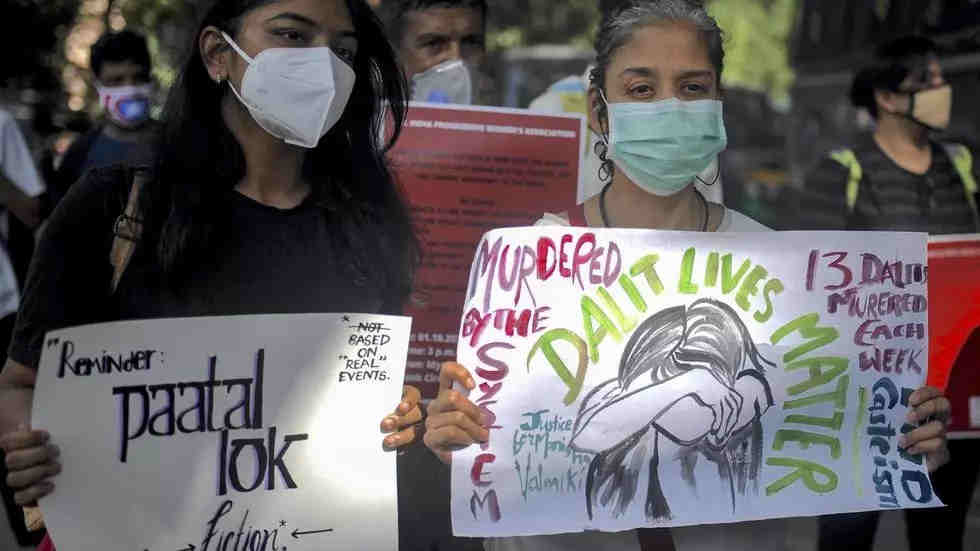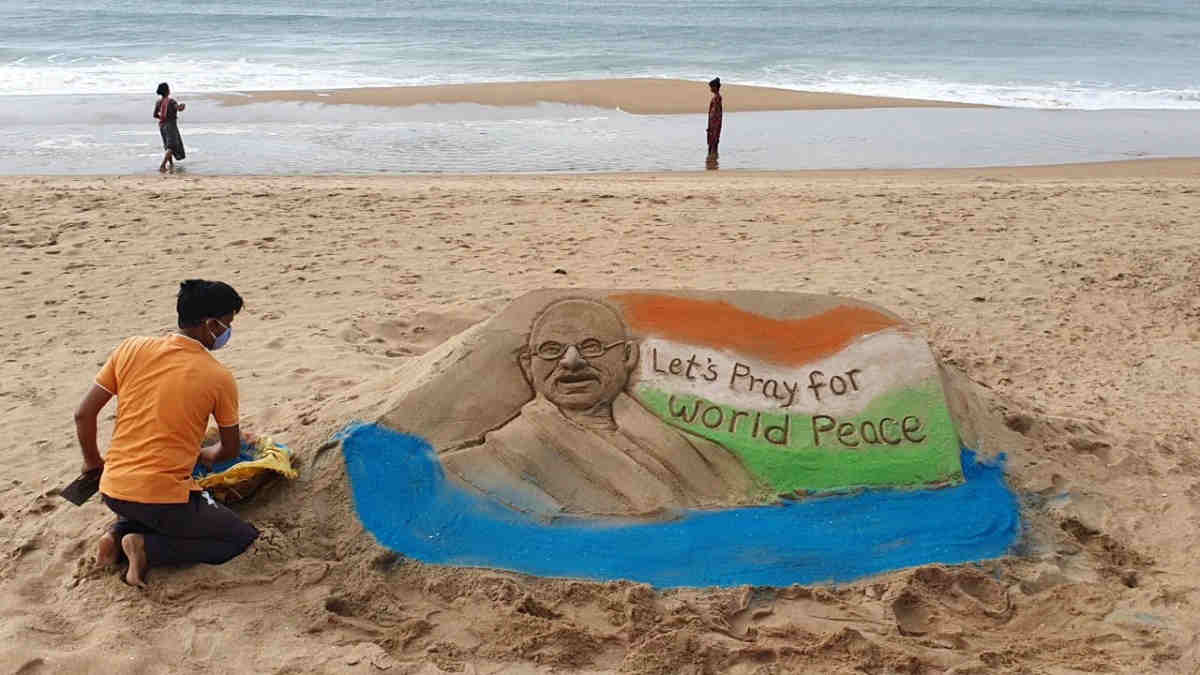As with the rest of the world, 2020 will remain etched in India’s memory. We have the world’s second highest Covid-19 cases and what that really means to a poor country like ours, how devastating and far-reaching its impact will be are yet unknown.
As the virus has raged, the damage from climate change has been alarming. Unseasonal heavy rains and strong winds have brought the worst locust attack in decades, a warming Indian Ocean has led to two deadly cyclones, heat waves have gripped the nation and flooding has killed hundreds. The calamities are many.
What’s worse, India’s first ever climate change assessment report predicts more disasters to come. By century-end, India’s average temperature is projected to rise by 4.4ºC, heat waves are expected to increase 3 to 4 times in frequency, tropical cyclones are set to grow in intensity and sea levels to rise by 30 cm.
The cumulative effect of these climate disasters is pushing vast numbers of India’s extreme poor deeper into misery.
The pandemic response has demonstrated the significance of social protection schemes such as Mahatma Gandhi National Rural Employment Guarantee Scheme (MGNREGS) for channeling relief. At the time of a crisis, such schemes provide a ‘safety net’ by guaranteeing 100 days of employment to rural households. The government almost doubled the MGNREGS budget from INR 61,000 crores to 101,000 crores in 2020-21 and the scheme has already generated 1.25 billion days’ wages in the first quarter of this year.
But high demand is slow to be met due to weak delivery systems and low capacity. Four key measures would ensure social protection schemes like MGNREGS are fit for dealing with future crises, particularly those relating to climate change.


